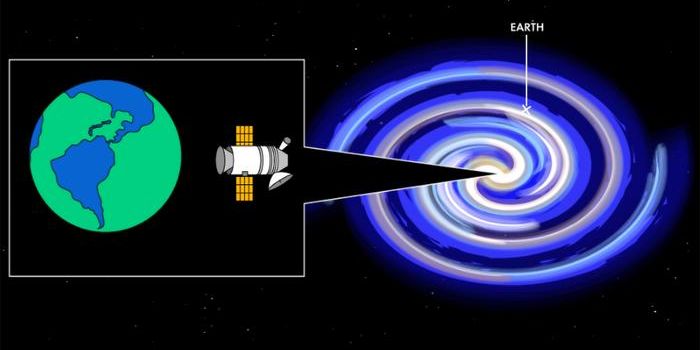Harnessing the Power of Humidity to Create Motion
What if we told you that there was now a way to pull energy out of thin air?
You would probably question the idea or wonder if we were pulling your leg, but it appears that a group of researchers have successfully managed to harness energy using just the air around the object they wish to power.
The experiment, which was reported in detail on Nature Communications, works by using a combination of the humidity in the air and the reactions of special bacterial spores when they are exposed and sheltered from the air's humidity. As this happens, the spores grow and shrink.
The process by which these spores are exposed and then sheltered from the humidity causes a reaction phenomenon known as evaporation, which will force the bacterial spores to grow and shrink, which when placed on a Ferris Wheel-like contraption, can generate usable motion.

In the experiment, these bacterial spores were cleverly adhered to a wheel-shaped structure and then a half-wheel cover was made to shelter half of the wheel from humidity in the air at a time. This would allow humidity to evaporate and then affect the spores once again upon exiting the cover.
This continuous cycle creates rotational mass that can be harnessed for energy, as demonstrated in the video below:
If you look closely, you will see the stem-looking things protruding from the wheel moving (growing and shrinking) as they enter and exit the sheltered region. These are the spores that react to the humidity. This movement is what causes the wheel to turn.
Interestingly the same experiment was able to move a small 0.1-kilogram toy car that was powered by this same wheel, suggesting that this energy is not only free, but also forceful enough to create locomotion.
"Here, working with bacterial spores that exhibit strong hydration-driven actuation, we present strategies to circumvent these challenges described above to create macroscale evaporation-driven engines," the report explains. "These engines start and run autonomously when placed at air-water interfaces, and operate as long as the air is not saturated. We demonstrate that these engines are able to power an electricity generator to light up LEDs and drive a miniature car as the water evaporates."
Any kind of energy discovery like this one has the potential to be a world-changer. Every time we come up with a way to generate energy without burning fossil fuels, we come one step closer to solving the climate change crisis affecting the world.
This may not power the average consumer car any time soon, but keep in mind that this is just a scale model of something that could be made much larger to do the same thing, but with much heavier duty tasks as we might require in real life.
Source: Nature, Science Mag








